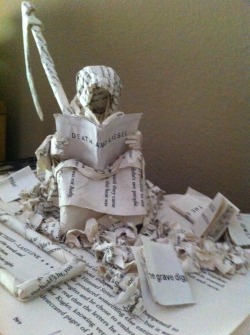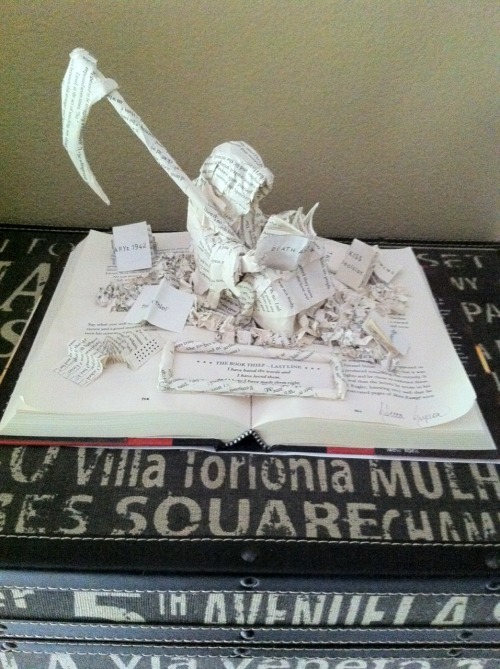By Paul Fleischman
A vacant lot, rat-infested and filled with garbage, looked like no place for a garden. Especially to a neighborhood of strangers where no one seems to care. Until one day, a young girl clears a small space and digs into the hard-packed soil to plant her precious bean seeds. Suddenly, the soil holds promise: To Curtis, who believes he can win back Lateesha's heart with a harvest of tomatoes; to Virgil's dad, who sees a fortune to be made from growing lettuce; and even to Maricela, sixteen and pregnant, wishing she were dead.
Thirteen very different voices -- old, young, Haitian, Hispanic, tough, haunted, and hopeful -- tell one amazing story about a garden that transforms a neighborhood.
Suggested Delivery:
Electronic Resources:
http://www.paulfleischman.net/ - Authors website, Here you can get information about the author, his books and contact information to get in touch with him. You can also see other works that he has written if you enjoyed Seedfolks.
http://www.harpercollins.com/browseinside/index.aspx?isbn13=9780064472074 Here you can read a sample from the book for free. You can use this to project some of the pages of the book on the board and have the students read along with you.
http://www.scholastic.com/teachers/lesson-plan/seedfolks-lesson-plan This sight has some lesson plan ideas and information about the book.http://www.teachervision.fen.com/tv/printables/harpercollins/seedfolks_rg.pdf Printable lesson plan with lesson ideas, reading strategies and discussion questions
There are so many great lessons and resources that can be found online for this book! I highlighted just a few of the many out there.
Activities to Increase Comprehension:
Before Reading: Discuss society and cultures and how they integrate into communities.
During Reading: Discuss the different character and create a character map after ever chapter to keep track of all the characters in the book (there are a lot of characters)
This chart I found online and really liked because it makes you think about each character not only what they planted and who what are but that was their purpose in the story.
This chart I found online and really liked because it makes you think about each character not only what they planted and who what are but that was their purpose in the story.
After Reading: In the 6th grade at the school I work at, the students are writing their own chapter for the book. They can create another chapter for a character that already was mentioned or they can create their own new character to add to the book. (Relating to Language Arts)
I also thought that it would be a great idea for students to create a mural of the classroom garden after all the students create their own chapters. (Relating to Language Arts and Art)
Create a project where the students can think of the garden as a business. They can think about how much the seeds cost, how much water will be needed, how much time is spent on taking care of the plants and then how much the vegetable or flower would sell for and how much the profit would be. (Relating to Math)
Have the students research what kinds of plants are prevalent in different cultures or parts of the world. (Relates to Social Studies and Science)
There are so many ideas that I can think of from this book. Its a simple book that you can really do a lot with.
I also thought that it would be a great idea for students to create a mural of the classroom garden after all the students create their own chapters. (Relating to Language Arts and Art)
Create a project where the students can think of the garden as a business. They can think about how much the seeds cost, how much water will be needed, how much time is spent on taking care of the plants and then how much the vegetable or flower would sell for and how much the profit would be. (Relating to Math)
Have the students research what kinds of plants are prevalent in different cultures or parts of the world. (Relates to Social Studies and Science)
There are so many ideas that I can think of from this book. Its a simple book that you can really do a lot with.
























